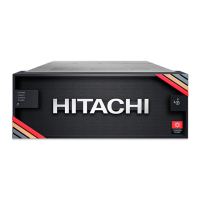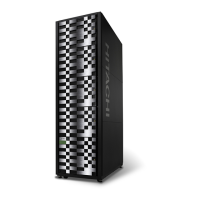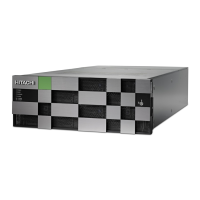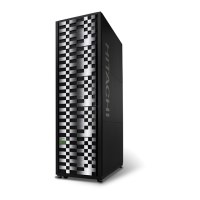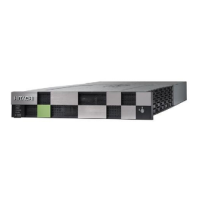3. Select the SNMP tab.
4. Under SNMP Agent, click Enable.
5. Under SNMP Version, select v3.
6. Under Registered Request Authentication Settings, click Change.
The Change Request Authentication Setting window opens.
7. If you want to change the User Name, select the User Name check box, and then
enter a user name.
You can enter up to 32 alphanumeric characters. The following special characters
are not allowed: ", \, ;, :, ,, *, ?, <, >, |, /, ^, &, and %.
Do not use a space either at the beginning or the end.
8. If you want to make changes under Authentication, select the Authentication
check box, and then select whether to Enable or Disable authentication.
If you select Enable, perform the following steps:
a. To change the Protocol, select the Protocol check box, and then select an
authentication type.
b. To change the Password, select the Password check box, and then enter a
password.
9. If you want to make changes under Encryption, select the Encryption check box,
and then select whether to Enable or Disable encryption.
Note: If you select Disable for Authentication, Encryption is
automatically disabled.
If you select Enable, perform the following steps:
a. To change the Protocol, select the Protocol check box, and then select an
encryption type.
b. To change the Key, select the Key check box, enter a key, and then enter the
key again under Re-enter Key for conrmation.
10. Click OK.
The user you entered is added to the Registered Request Authentication
Settings table.
11. Click Finish.
12. In the Conrm window, enter a name for the task, conrm the settings, and then
click Apply.
Deleting SNMP request authentication
This topic describes how to delete IP addresses and communities or users from request
authentication.
Before you begin
You must have the Storage Administrator (Initial Conguration) role to perform this task.
For more information, see the System Administrator Guide.
Deleting SNMP request authentication
Chapter 4: Setting SNMP
Hitachi Alert Notication Guide for VSP5000 Series 34
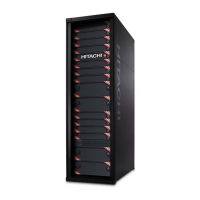
